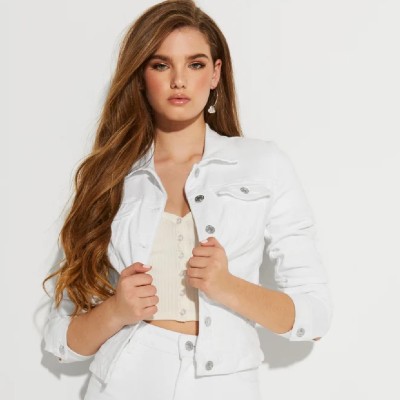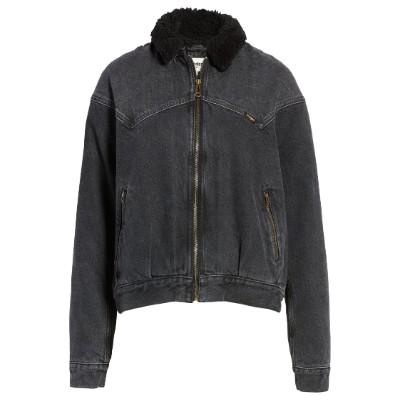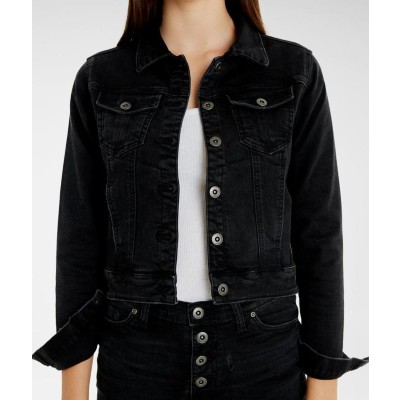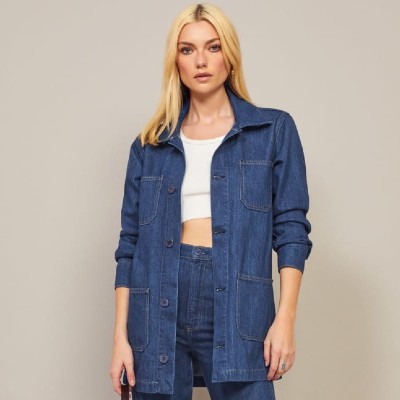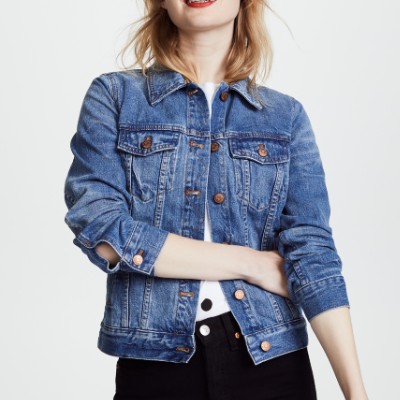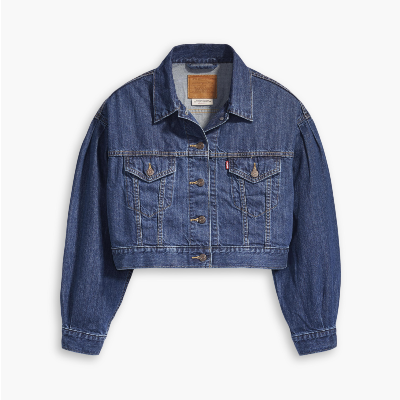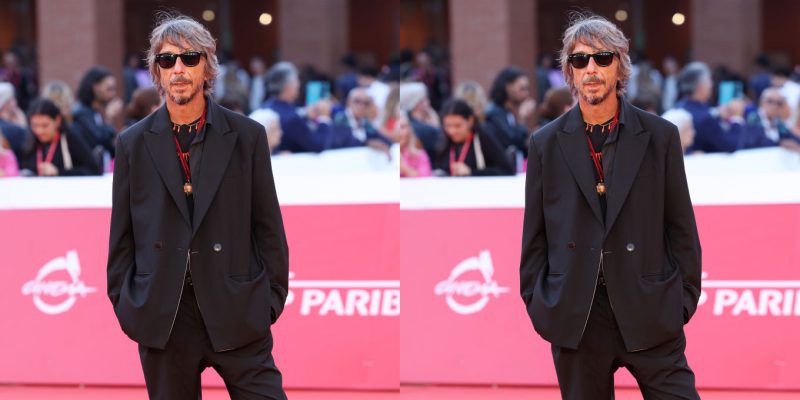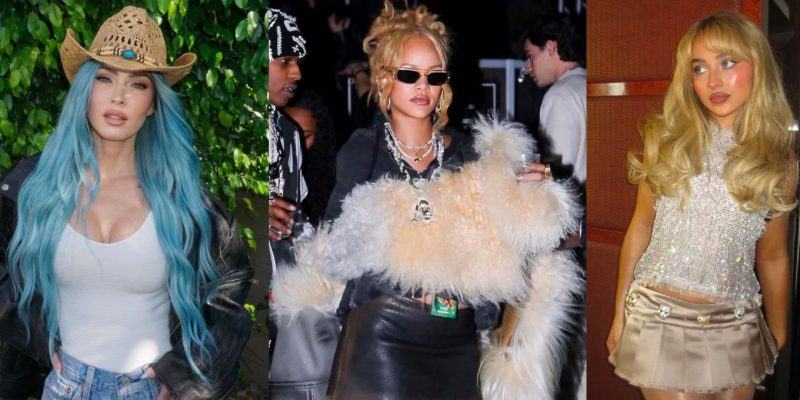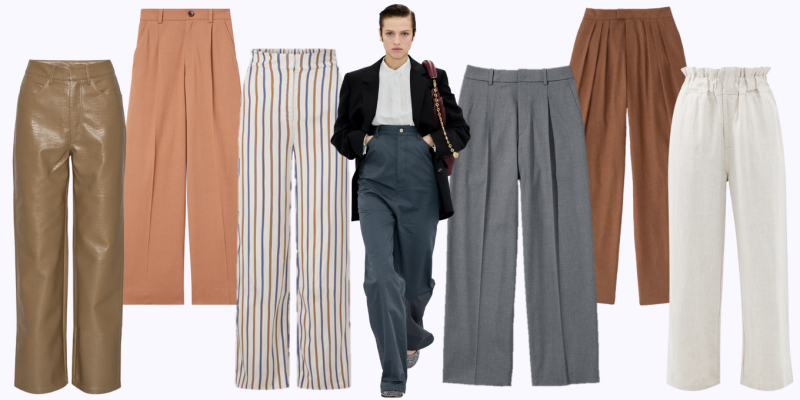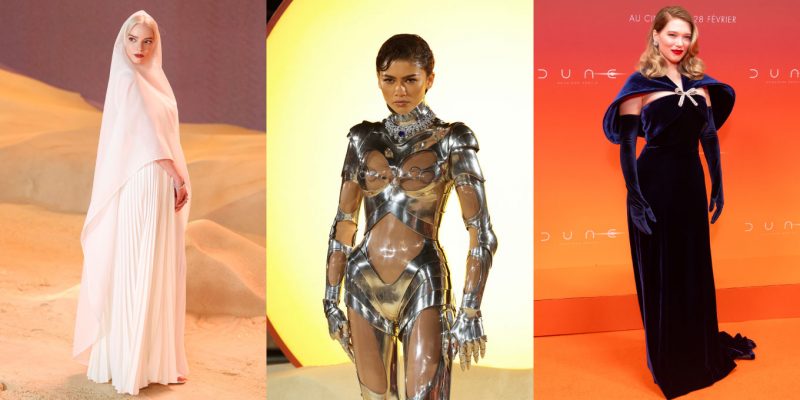Trends
How the Denim Jacket Became a Wardrobe Essential
Timeless and always on-trend: the classic denim jacket.
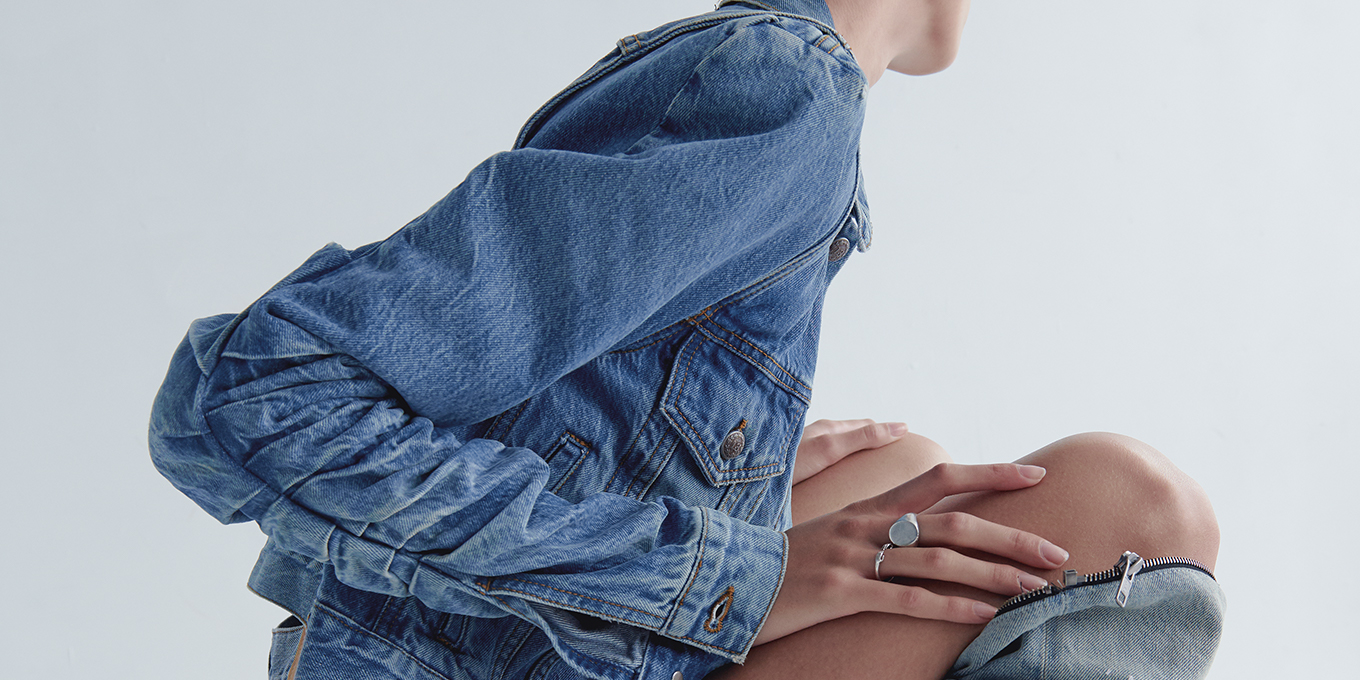
Read Next
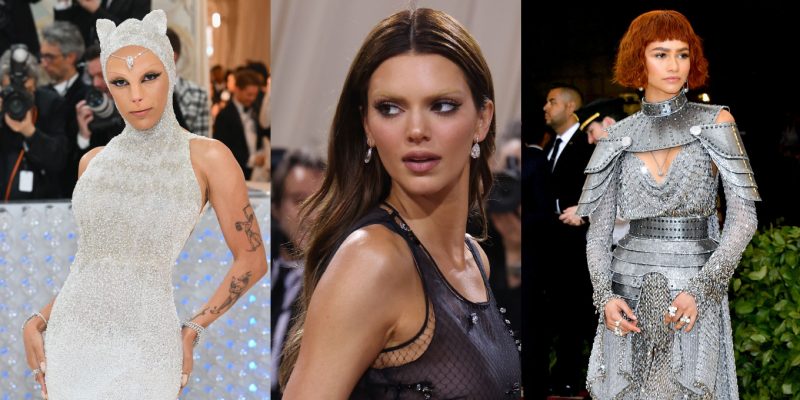
Beauty
The Best Met Gala Beauty Looks Of All Time
From Taylor Swift's 'Bleachella' era to Rihanna's iconic 2011 braids, meet the best beauty moments in Met Gala history.
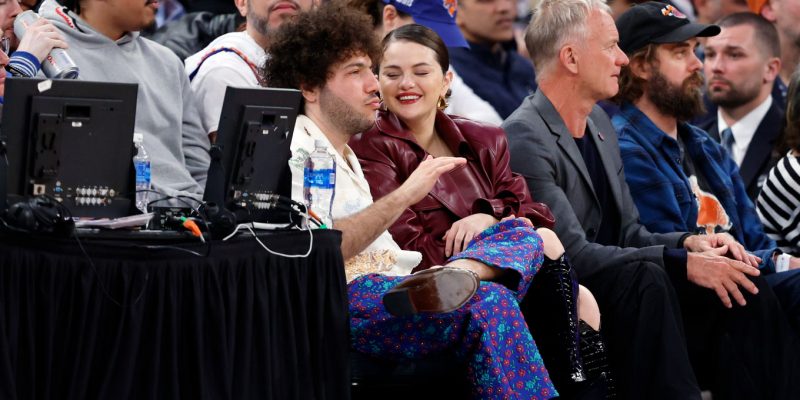
Culture
Benny Blanco Says He Fell in Love With Selena Gomez Without ‘Even Noticing’ It
Allow Benny Blanco to tell the straight-from-a-rom-com story of how he realized his feelings for his girlfriend and longtime friend.

Culture
This University Elevates Women to New Professional Heights
You shouldn’t have to pause your life to move forward in your career.

